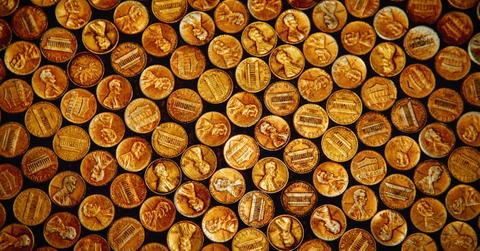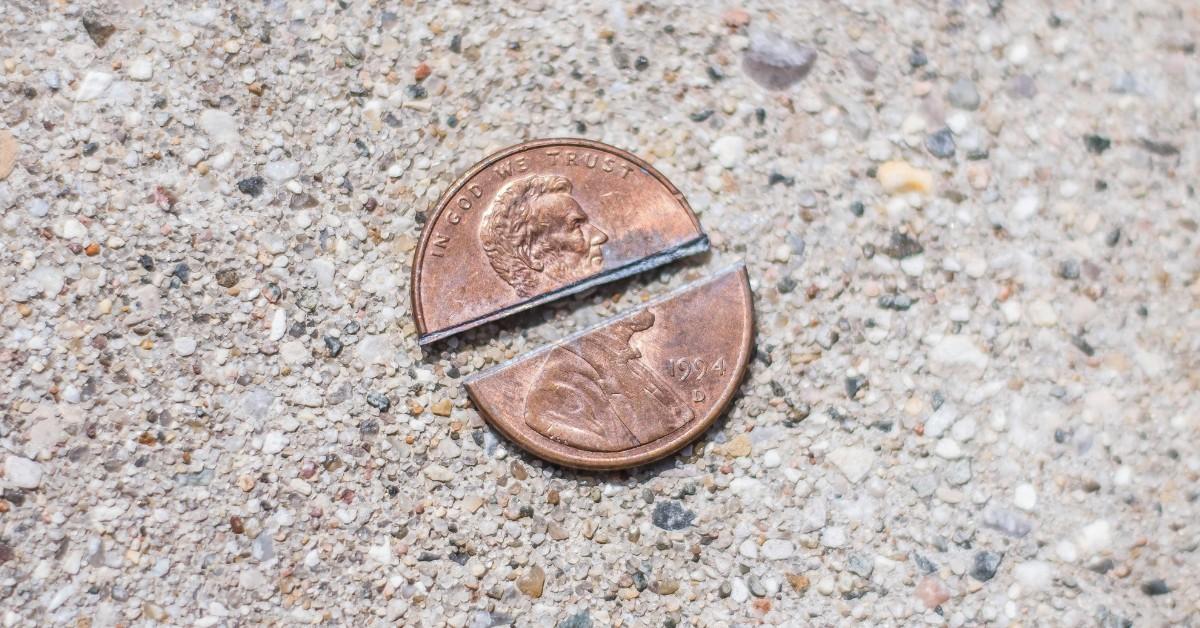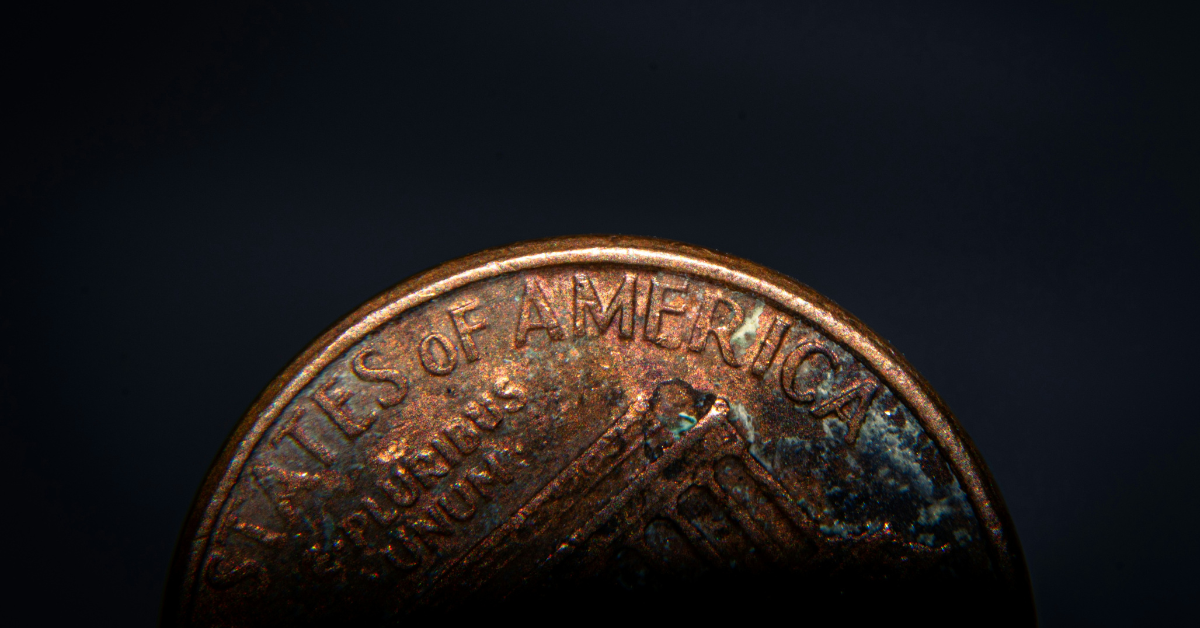The Financial and Environmental Costs of Making Pennies Led to Its Demise
The materials used to make the penny can be bad for the environment, thanks to the carbons dioxide emissions.
Published Nov. 13 2025, 5:23 p.m. ET

The year 2025 will be a remarkable time in the U.S., as it will be the last year pennies are made. After 230 years of producing the one-cent piece, the country stopped the presses and sent the final batch out into circulation, closing the chapter on the little copper coin.
The reason the Trump administration decided to halt production of the coin is related to the high price tag associated with producing the one-cent piece, which they deemed too high to justify continuing the process.
However, there are those on the other side of the argument who say that there is value in the coin that far exceeds its face value, and that ceasing production could have unexpected consequences.
As such, many people have found themselves wondering how much it actually costs to make a penny, and whether those costs amount to more than just the financial aspects of production. For example, is making the penny bad for the environment?
Keep reading to learn more about the cost of the penny.

How much does it cost to make a penny?
According to an annual report produced by the U.S. Mint, the agency responsible for making the country's currency, each penny cost the government about 3.7 cents to make in 2024.
That is a cost that has gone up and down over the years, according to USA Today, due in large part to the fluctuations in the costs of the materials needed to make the pennies. U.S. pennies have been made from different materials over the years, including zinc, copper, and nickel.
When the costs of those materials exceed the cost of the face value of the penny, the seigniorage — the phrase used to describe the difference between a coin's cost and its face value — the coin becomes more expensive to make than it's worth.
However, some experts have warned against taking the seigniorage at face value (pun intended) since a penny will be used many times in its lifetime, giving it a little more worth as it re-enters circulation again and again as it's exchanged at the register.

Is penny production bad for the environment?
In addition to the financial cost of making pennies, there is also an environmental cost to factor in.
The Smithsonian magazine says that getting the materials used to make the penny can be bad for the environment, thanks to the carbon dioxide emissions created by digging up the ore.
Additionally, there's the power consumed in making the pennies, and the amount of pollutants released when the change is transported to the banks and financial institutions where it's put into circulation.
When will the last penny be made?
Knowing how much it costs to make the penny, including the environmental impact of getting the materials needed to do so, it may be no surprise that the U.S. government has decided to put an end to production.
The last penny was printed on Nov. 12, 2025. But, the good news is that while we won't be making any more pennies, they will still remain in circulation, where they will hold their value indefinitely... that is, of course, unless the seigniorage shifts in the future.